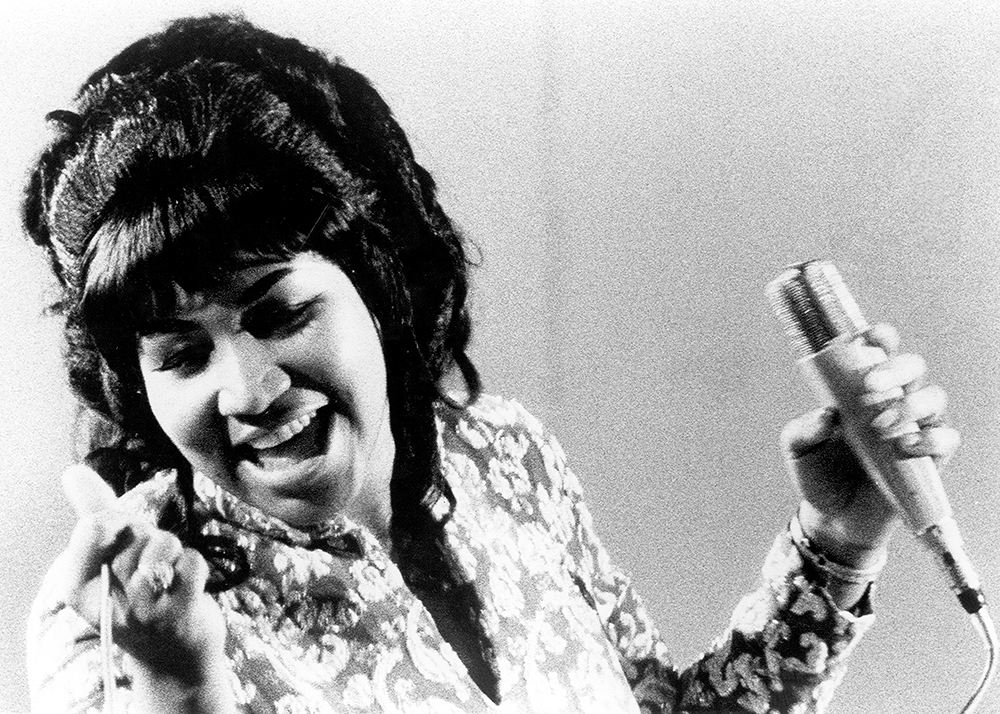Music is an art of time: songs play to a rhythm, giving shape to the seconds as they pass, charging the present with a pulse we can feel. But as music takes us forward through time it also takes us back – to the moment of its composition or recording; to a particularly resonant time in our own past; and yet further, summoning the echoes of older music contained within a song. In new books by David Remnick and Michel Faber we get two different approaches to writing about something ephemeral yet emotionally adhesive. One of them made time fly, and one of them made time slow until the only beat I could hear was the sound of my own head against the desk.
In Holding the Note, Remnick, a Pulitzer Prize-winner and long-serving editor of the New Yorker, collects 11 of his essays on the greats of 20th- and 21st-century music, from Bob Dylan and Leonard Cohen to Aretha Franklin and Mavis Staples.

Get Britain's best politics newsletters
Register to get The Spectator's insight and opinion straight to your inbox. You can then read two free articles each week.
Already a subscriber? Log in






Comments
Join the debate for just £1 a month
Be part of the conversation with other Spectator readers by getting your first three months for £3.
UNLOCK ACCESS Just £1 a monthAlready a subscriber? Log in